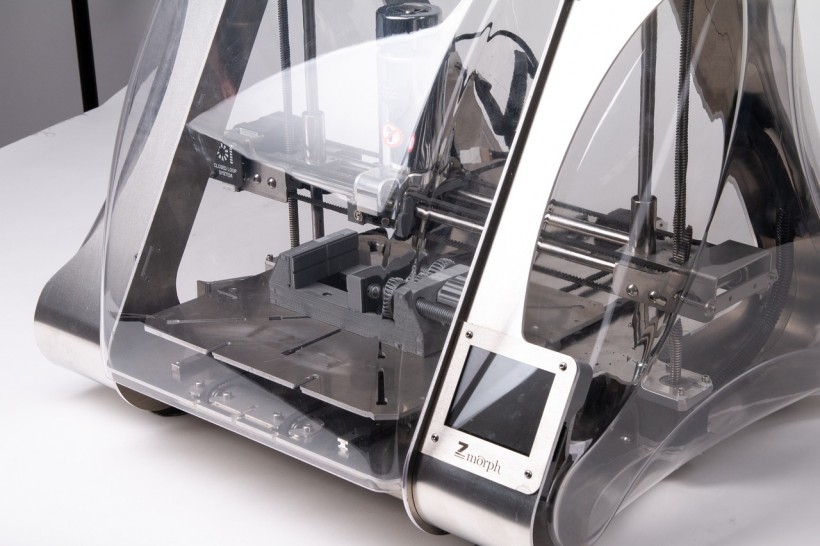Scientists have been using bioprinting to print various organs for organ transplantation in the past couple of years. It is one of the potential solutions to alleviate the shortage of organs. However, the existing technology has fallen short with the so-called bulk hydrogel bioinks that fail to integrate into the body to support cells in tissues.
Phys.org reported that researchers from Pennsylvania State University developed a novel nanoengineered granular hydrogel bioink that uses self-assembling nanoparticles and hydrogel microparticles (microgels) to achieve previous limitations of 3D-bioprinting, especially in the levels of porosity, shape fidelity, and cell integration.

Nanoengineered Granular Hydrogel Bioink Achieves Previously Unattained Properties of 3D-Printed Biomaterials
Overcoming Conventional Limitations of Hydrogel Bioinks
Majority of bionks today are based on bulk hydrogels, which have nanoscale pores that limit cell-cell and cell-matrix interactions, and oxygen and nutrient transfer. More so, they need degradation to allow cell infiltration and migration that delays or inhibits bioink-tissue integration.
Corresponding author Amir Sheikhi, an assistant professor of chemical engineering at Penn State, noted that the main limitation of 3D bioprinting is using conventional bulk hydrogel bioinks that trade-off shape fidelity and cell viability. Increasing the stiffness of hydrogel will improve the construct shape fidelity but will also reduce the level of porosity and compromises cell viability.
They reported in their study, titled "Nanoengineered Granular Hydrogel Bioinks With Preserved Interconnected Microporosity for Extrusion Bioprinting" published in the journal Small, that microgels made it possible to assemble tissue-engineering scaffolds that bulk hydrogels cannot accomplish.
The granular hydrogel scaffolds successfully formed 3D constructs that regulate the porosity of the structures and decouple the stiffness of hydrogel, Phys.org reported.
However, Shiekhi said that cell viability and migration is still an issue. Granular hydrogels must be tightly packed together but negatively impact porosity which leads to bad cell viability and motility. TCT magazine reported that increasing the stickiness of microgels to each other removes the need for tight packing and preserving microscale pores.
Sheikhi explained that their work is based on the idea that nanoparticles can adsorb onto polymeric microgel surfaces and make them adhere to each other while also filling the pores in microgels. This is possible because of the heterogeneously charged nanoparticles that can impart dynamic bonding to enable 3D-bioprinting of microgels without densely packing them.
They believe this technology can also be expanded to other granular platforms made from polymeric microgels. They are planning to explore how nanoengineered granular hydrogel bioink could be applied for tissue engineering and regeneration, and 3D-bioprinting of organs.
ALSO READ: 3D Printed Nose Cartilage: Is It a Safer, Easier Alternative for Skin Cancer Patients?
Organ Bioprinting
The Health Resources and Services Administration said that 17 people die waiting for an organ transplant in the US and one person is added to the transplant waiting list every nine minutes. That is why the potential of organ bioprinting is extensively explored to alleviate the shortage of organs.
But there are challenges in making functional bioprinted organs for regenerative therapies and organ transplantation. Dr. Veysi Malkoc of the University of Wisconsin wrote in a 2018 editorial in the Journal of Biomedical Imaging and Bioengineering that a 3D bioprinted organ has yet to be accomplished and there are several issues to solve to advance this research.
Despite these challenges, research in this field is yielding innovations every year towards overcoming these barriers. One of the solutions is using nanoengineered granular hydrogel bioink as presented in the new study.
RELATED ARTICLE: 3D Printing in Medicine: Bioprinting Will Be Available in a Decade, Probably Cheaper Than Costs Associated With Organ Failure
Check out more news and information on Bioprinting in Science Times.














